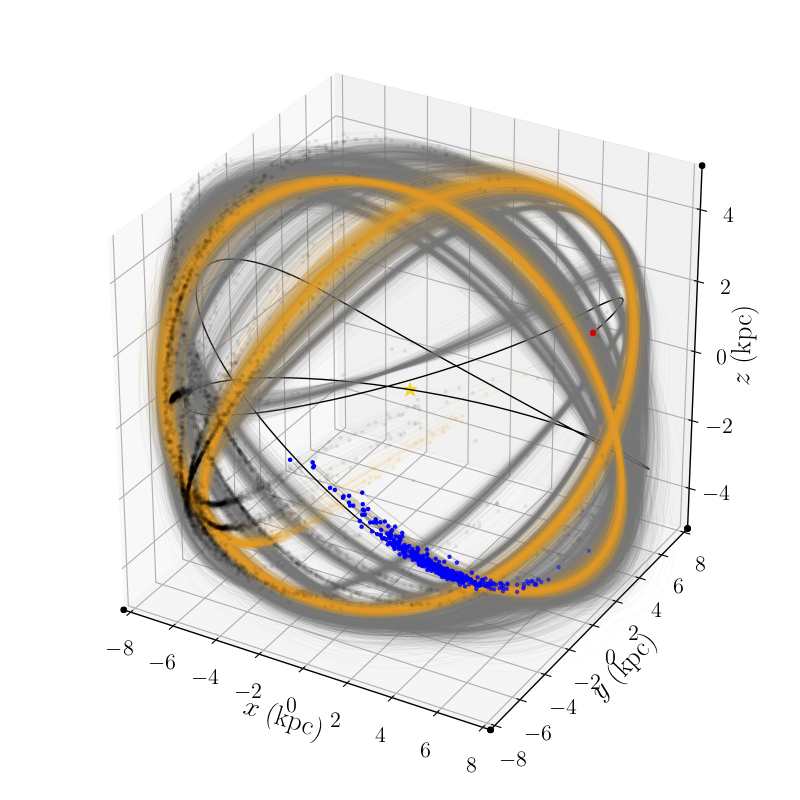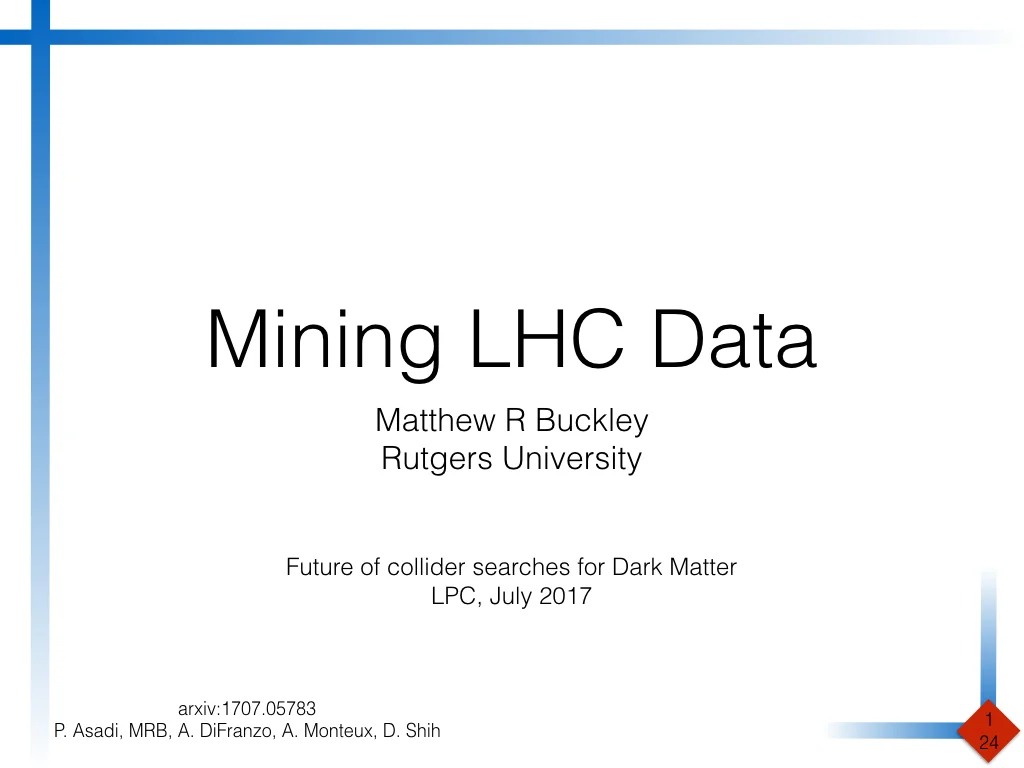Paper Explainer: Mapping Dark Matter Through the Dust of the Milky Way Part I
/This is work that I did with my student, Eric Putney, then-Rutgers-postdoc Sung Hak Lim (now at the Institute for Basic Science in Daejeon), and my colleague David Shih. This is actually a continuation of work we’ve been doing for a while, starting with a paper that tested the idea on synthetic data, and then a later paper applying it to real data. I didn’t write blog posts on those because I fell behind on everything starting in 2020 and I’m only just now digging myself out. This new paper is one of a pair, Part II will be coming out in the new year.
So what’s the big idea, and what are we doing now?
In short, we have a new method that takes the motion of stars in the Milky Way and learns the gravitational potential of all the stars and gas and dark matter in the Galaxy. It does this even in the regions where we can’t see most of the stars, due to dust obscuring their light, which is the new development above and beyond the previous work. This paper is about the method, and the next paper will give the results for the gravitational potential and the dark matter density we can learn from it.
Read More



















